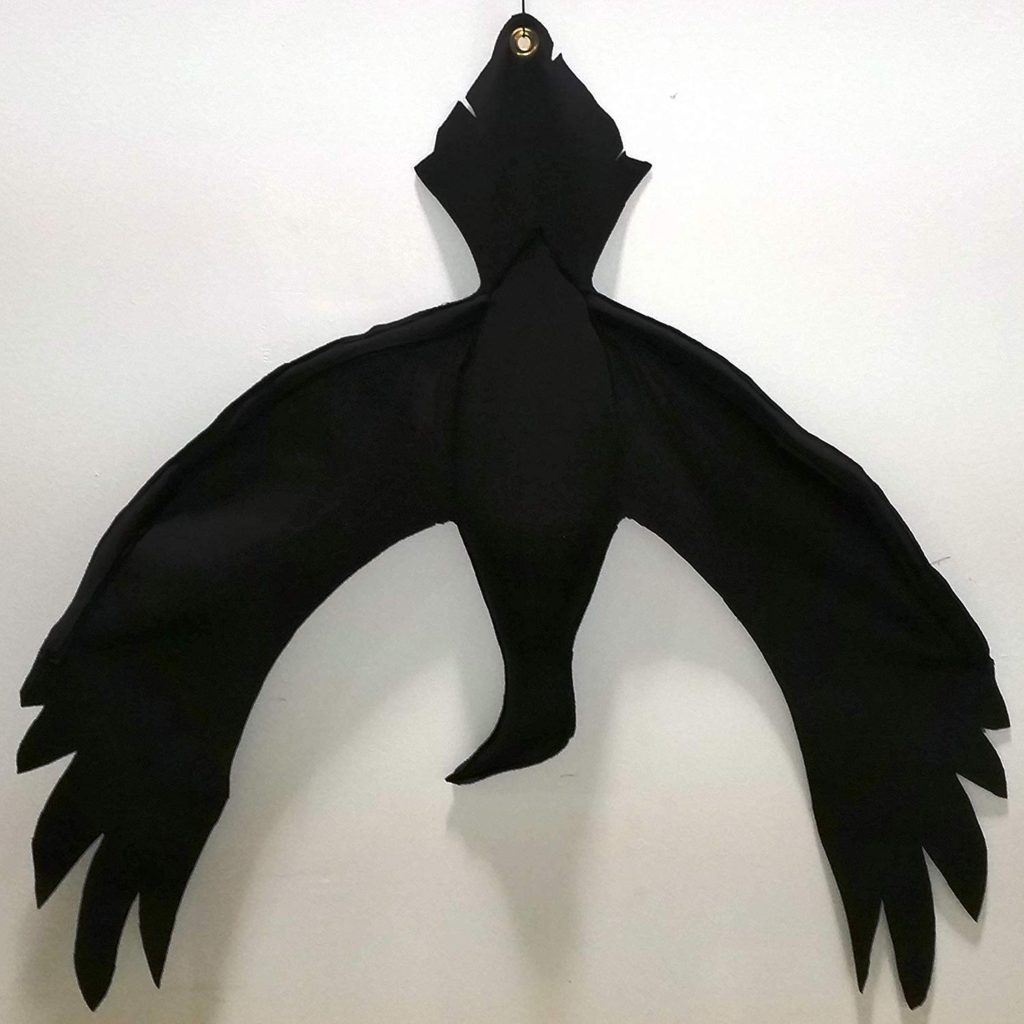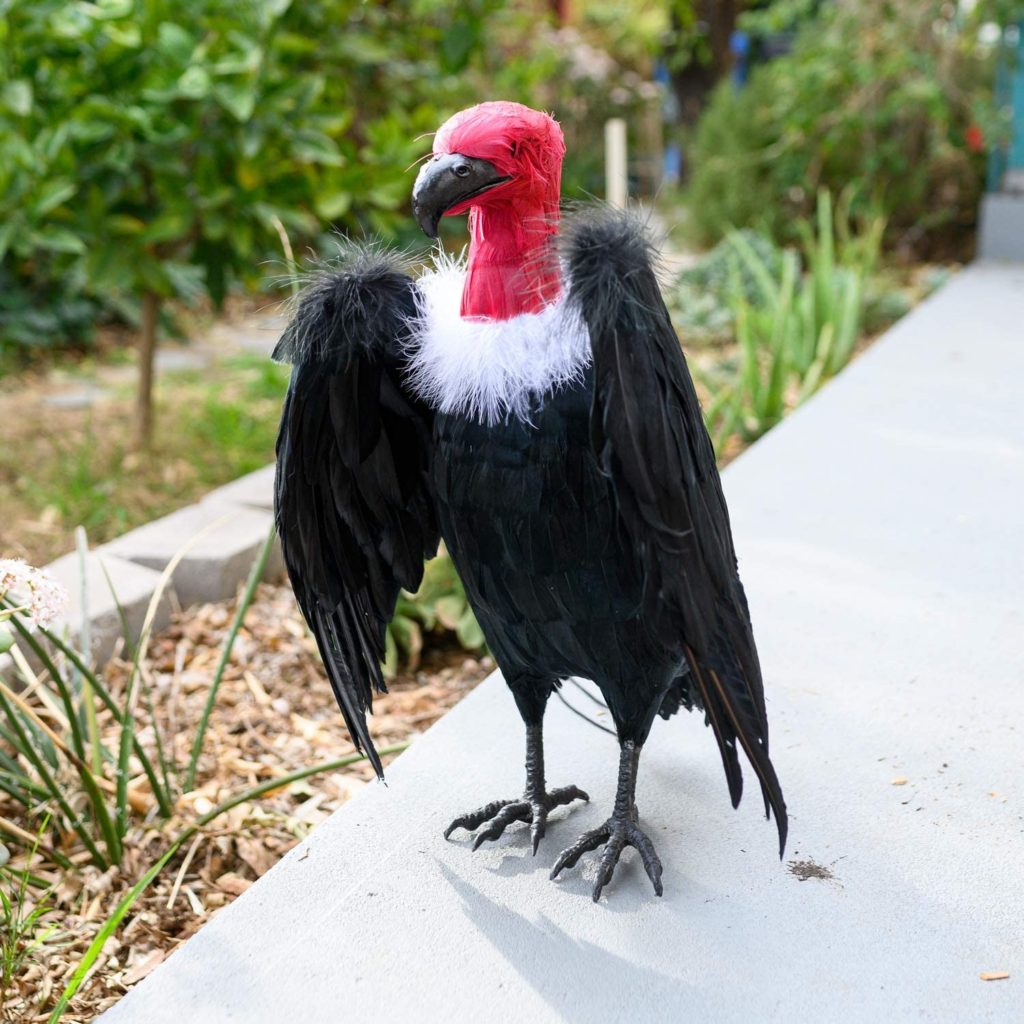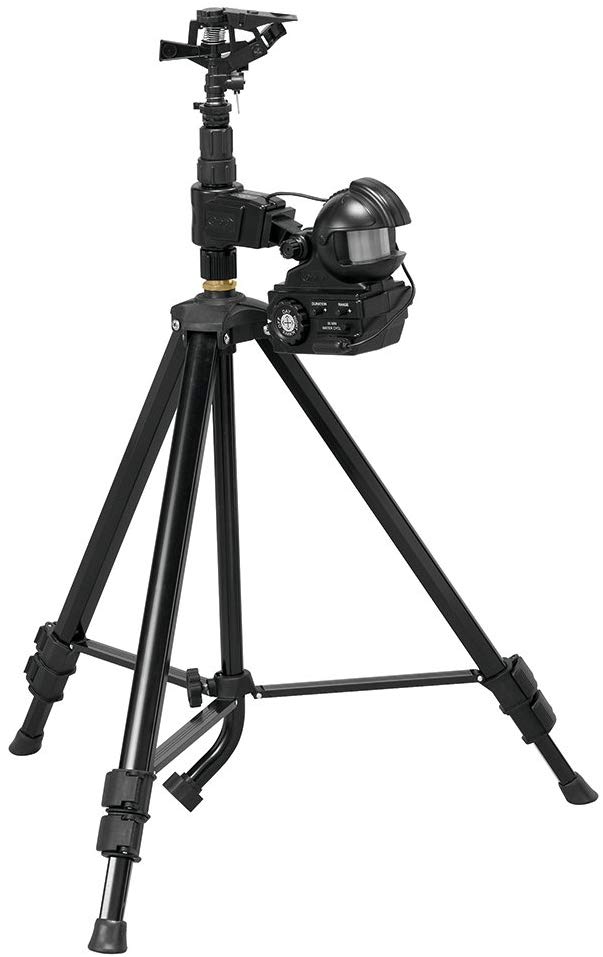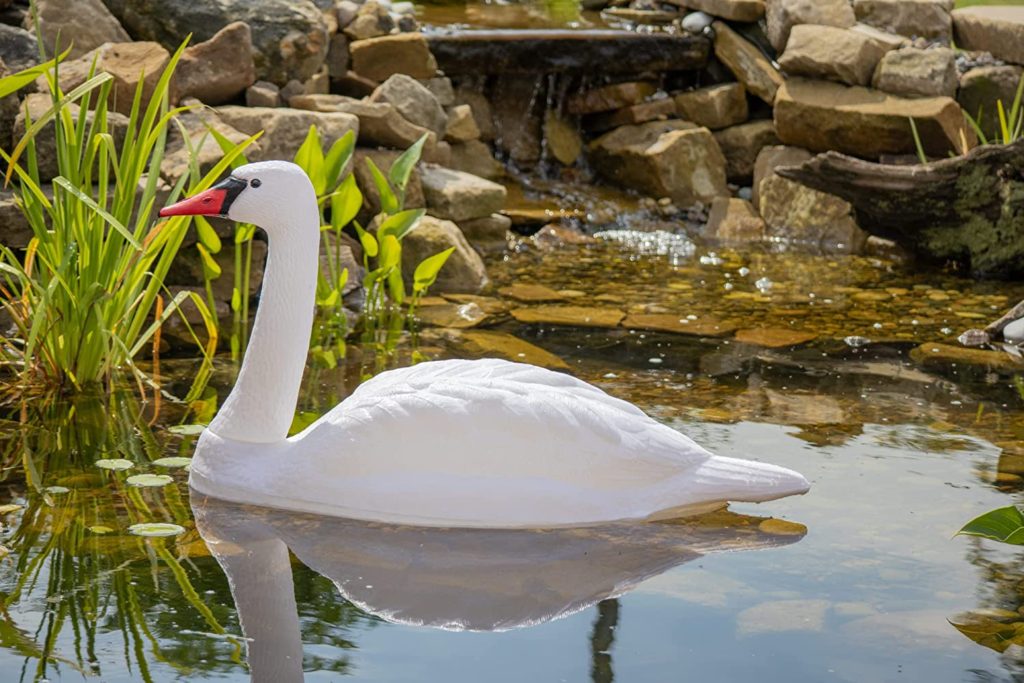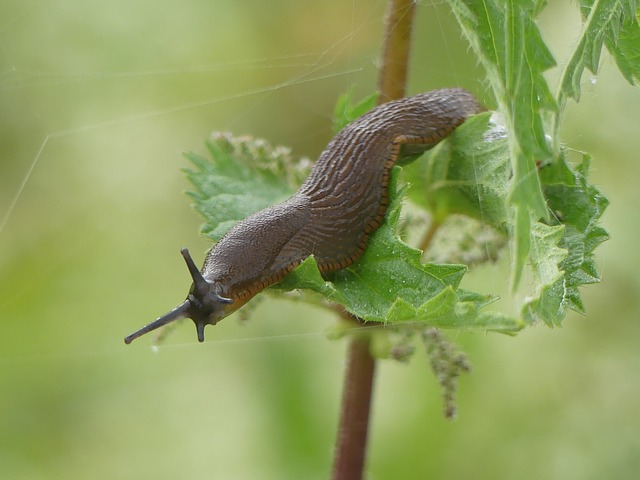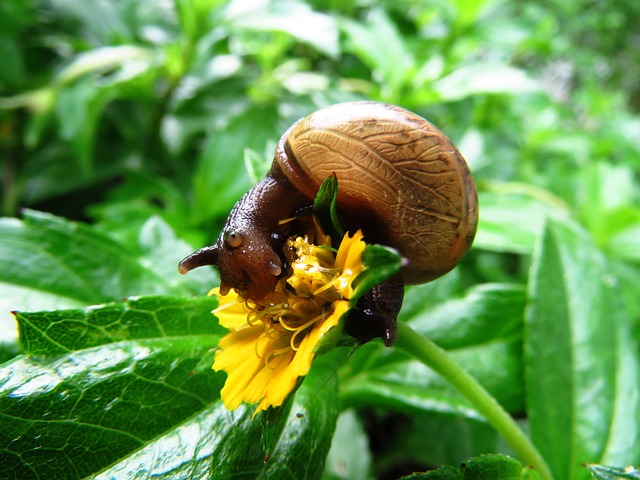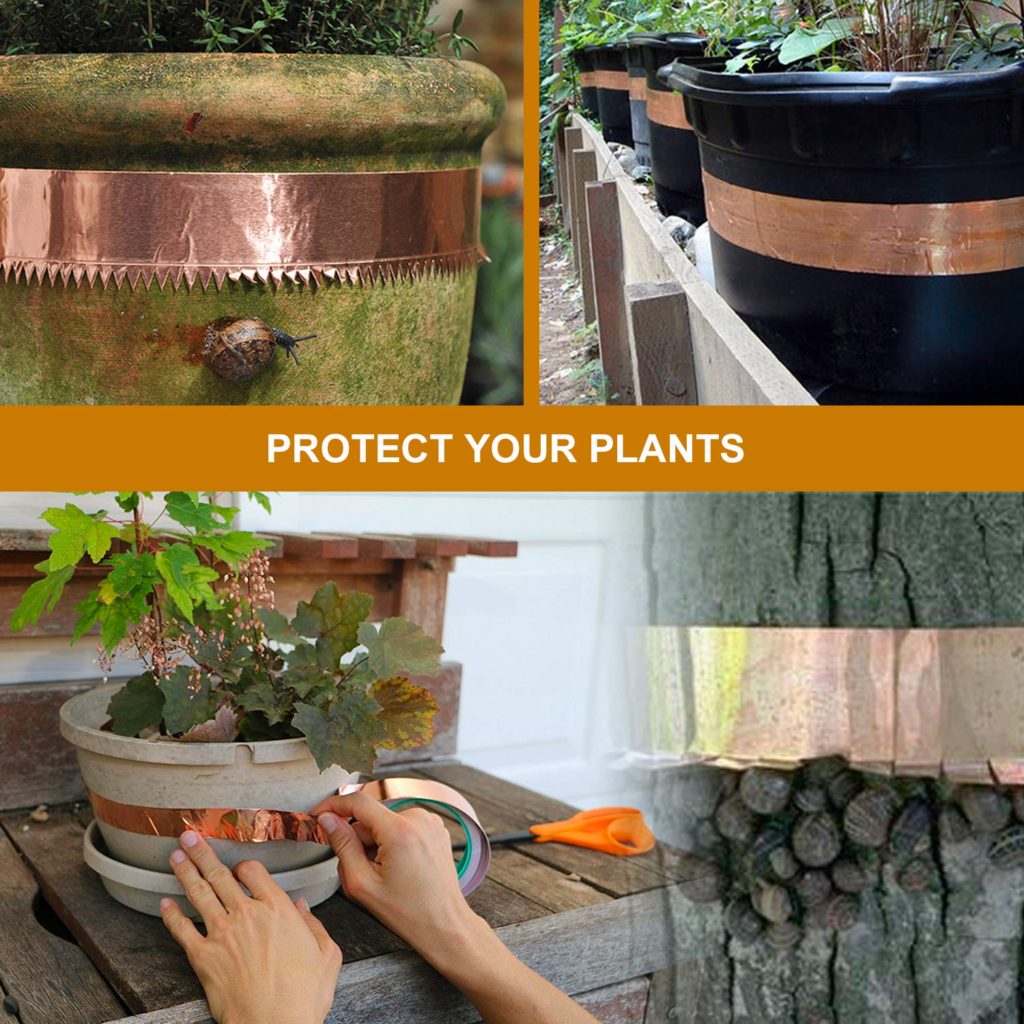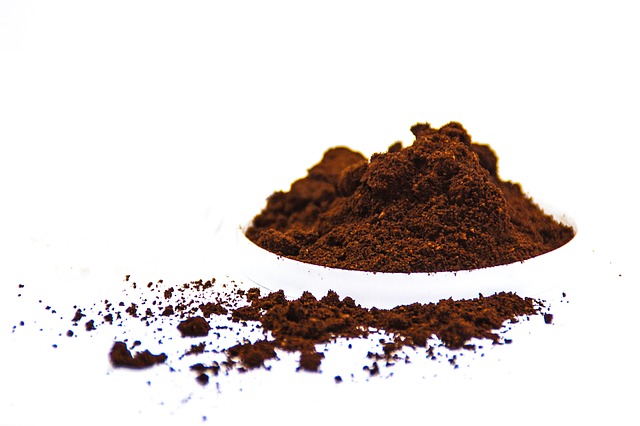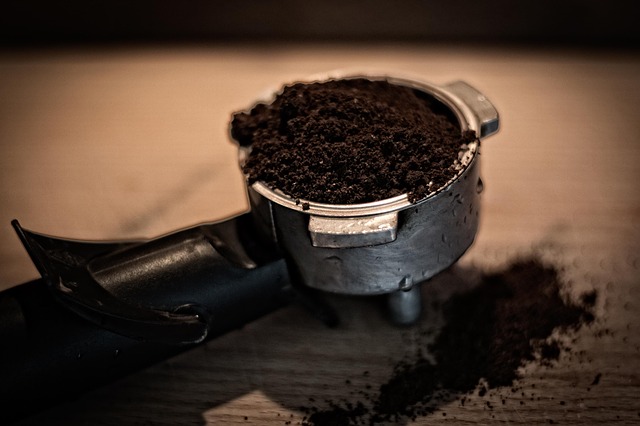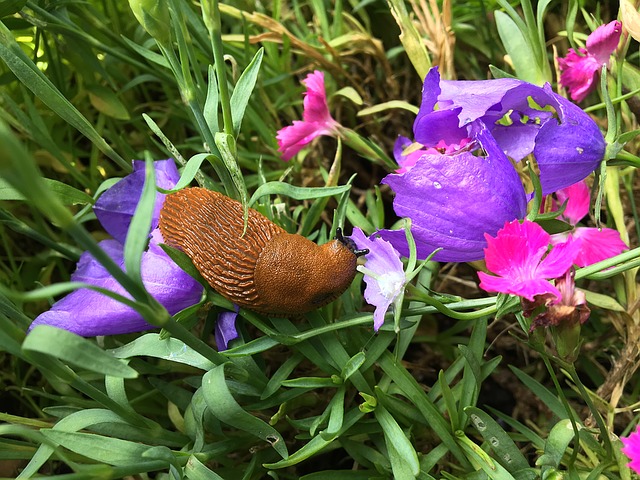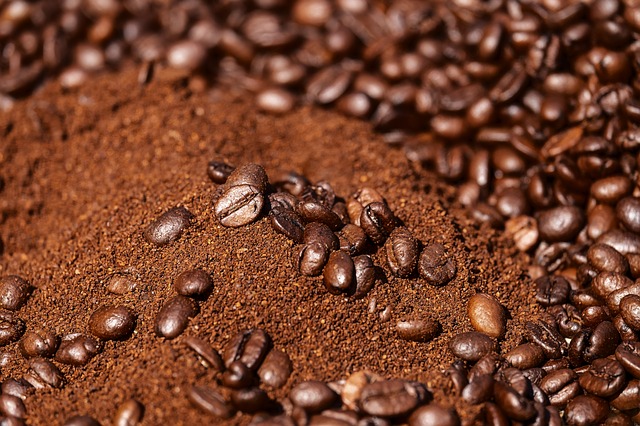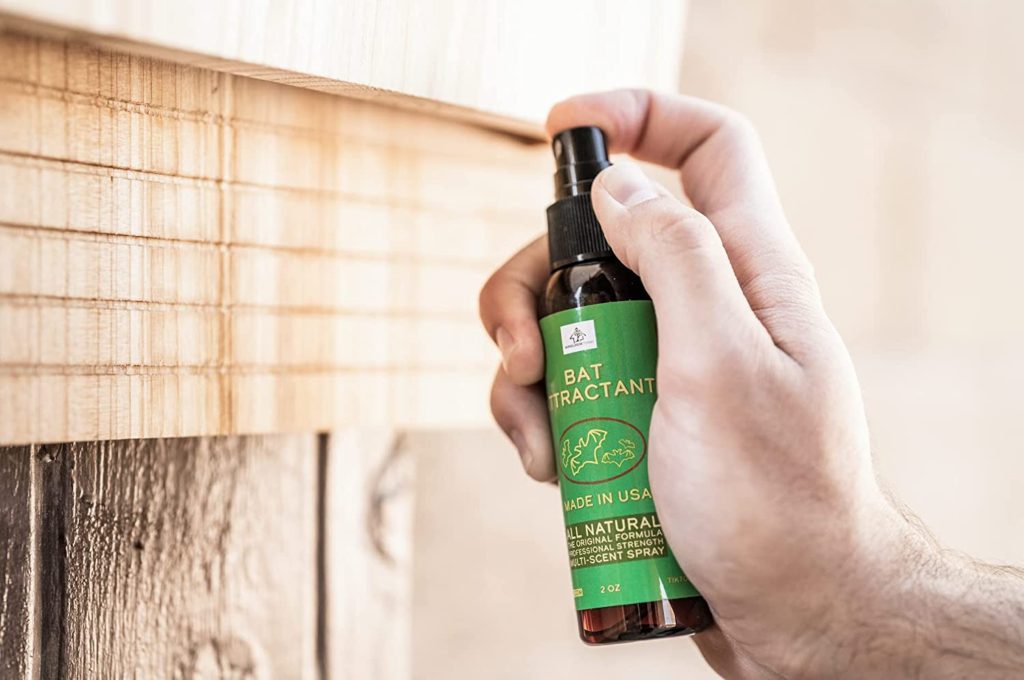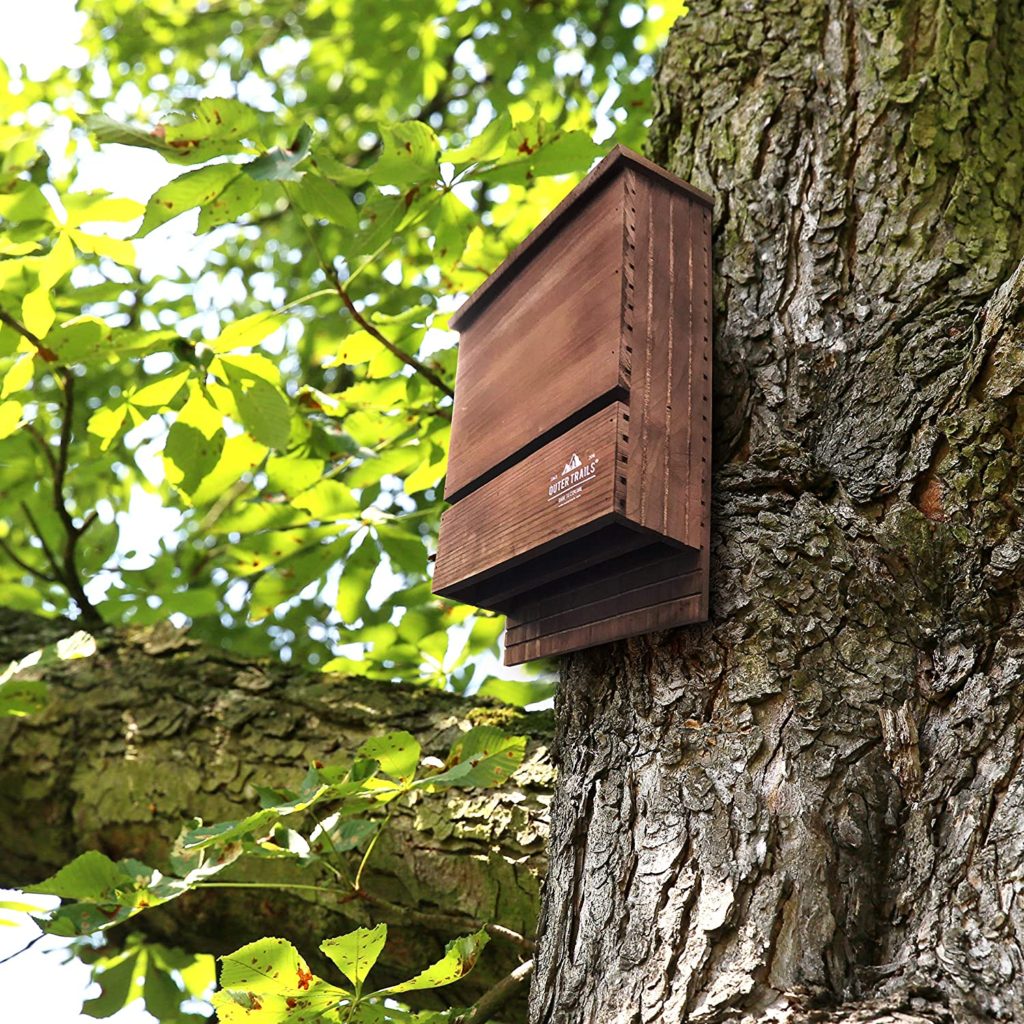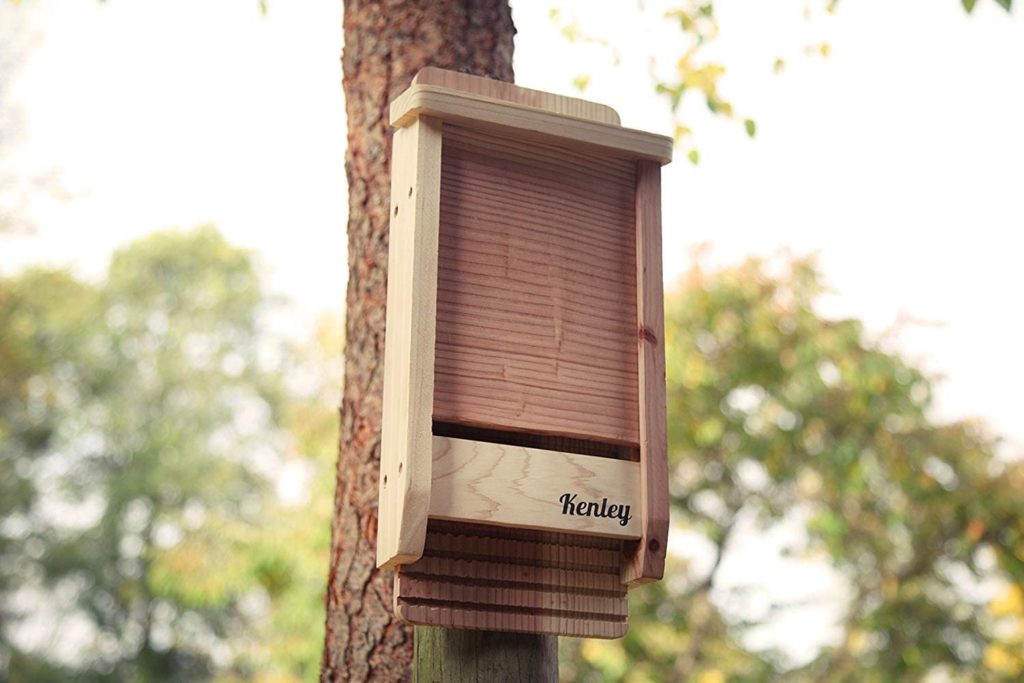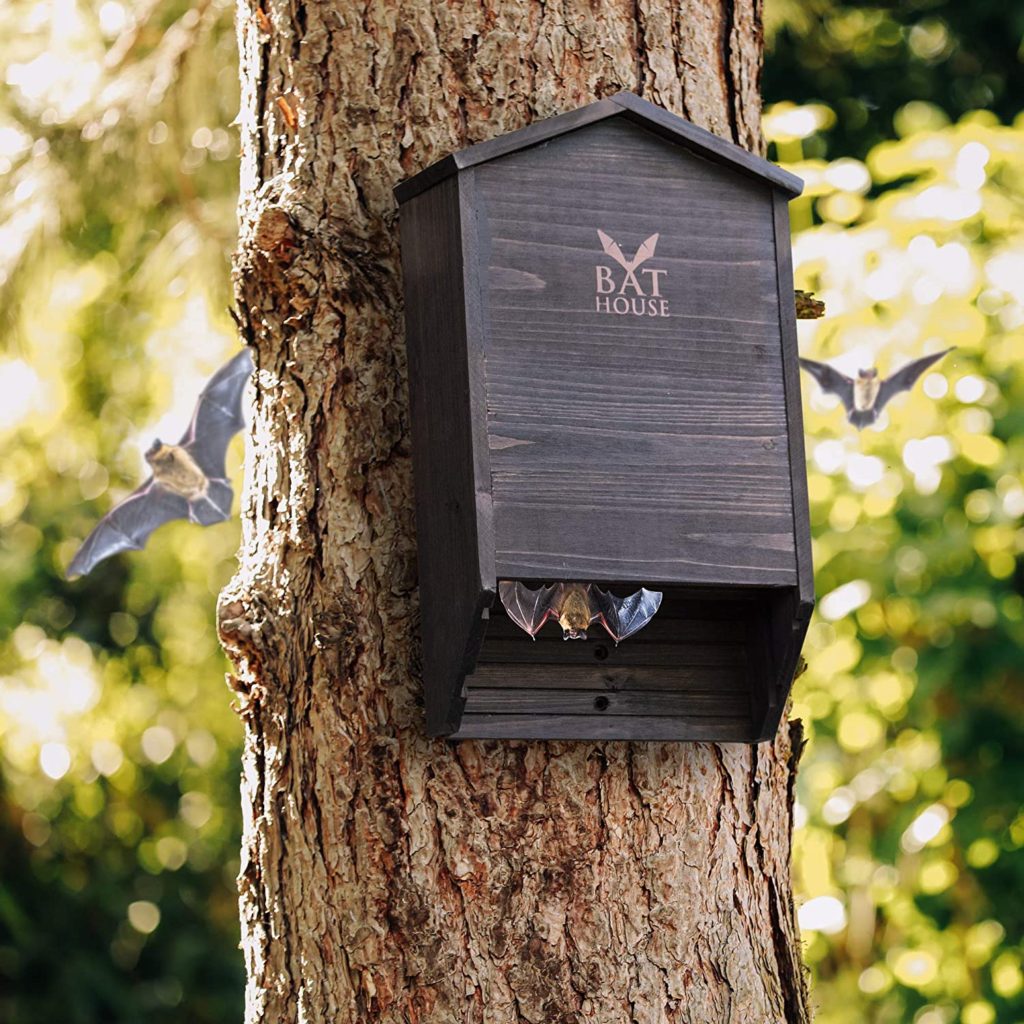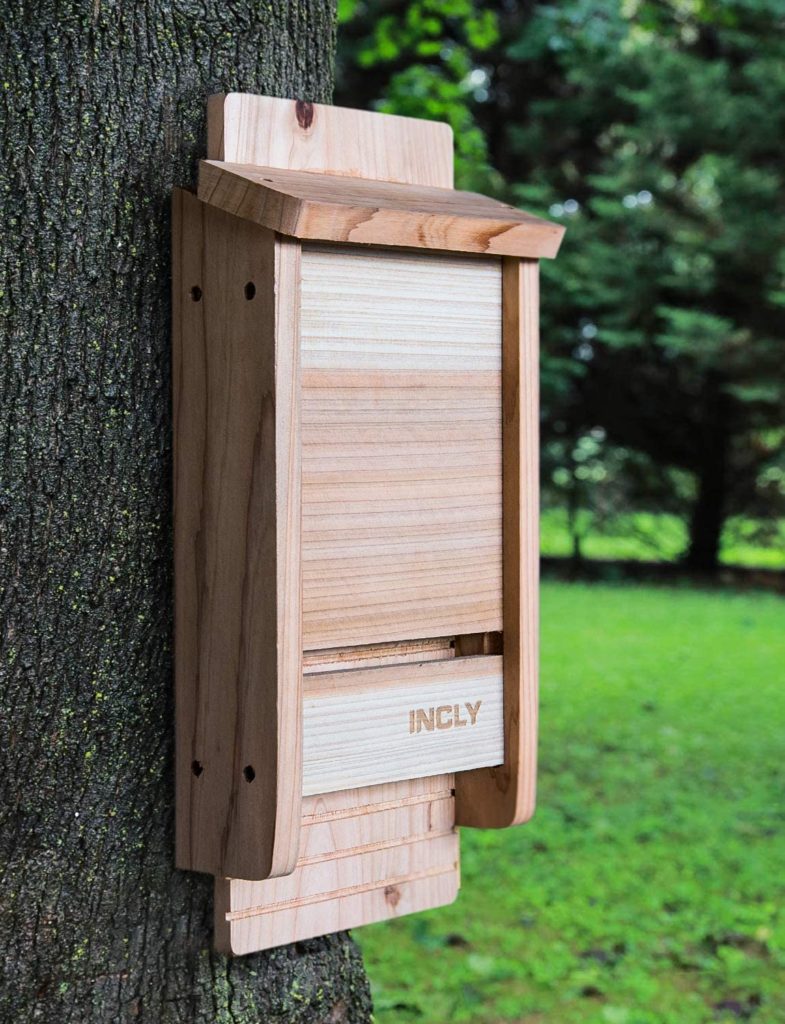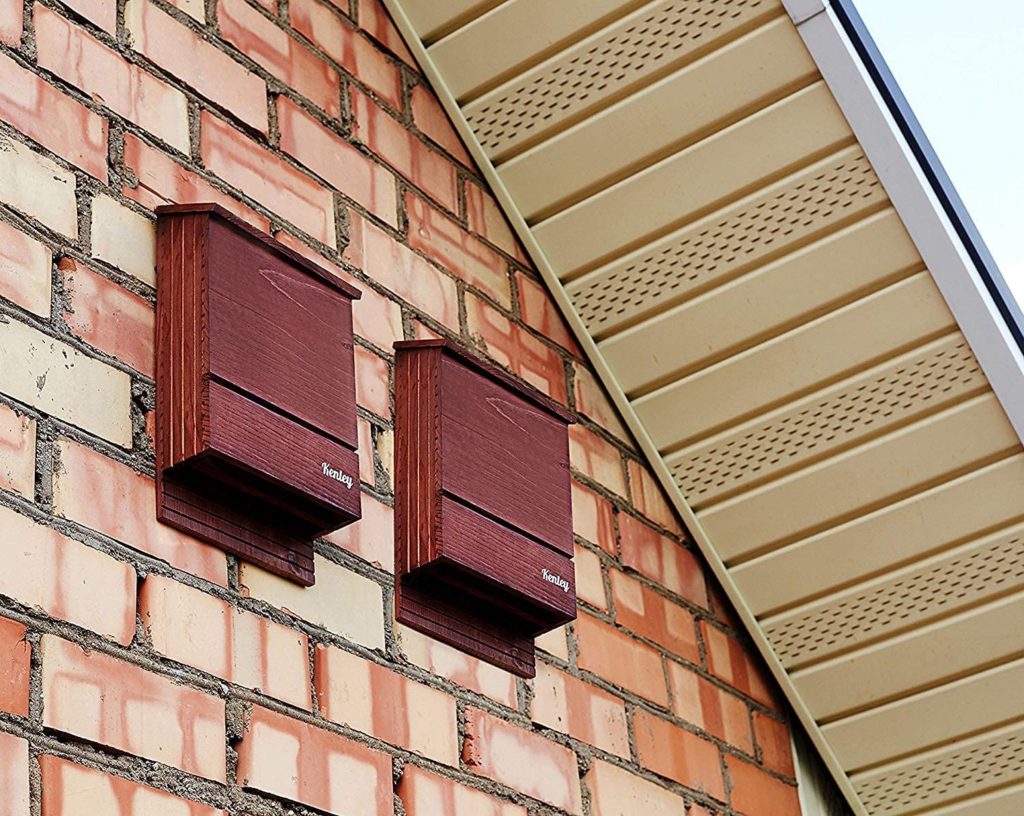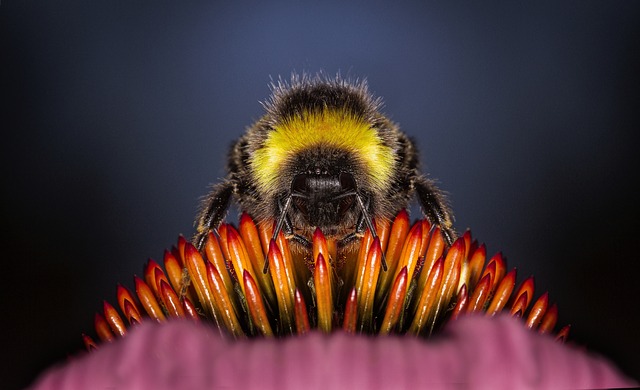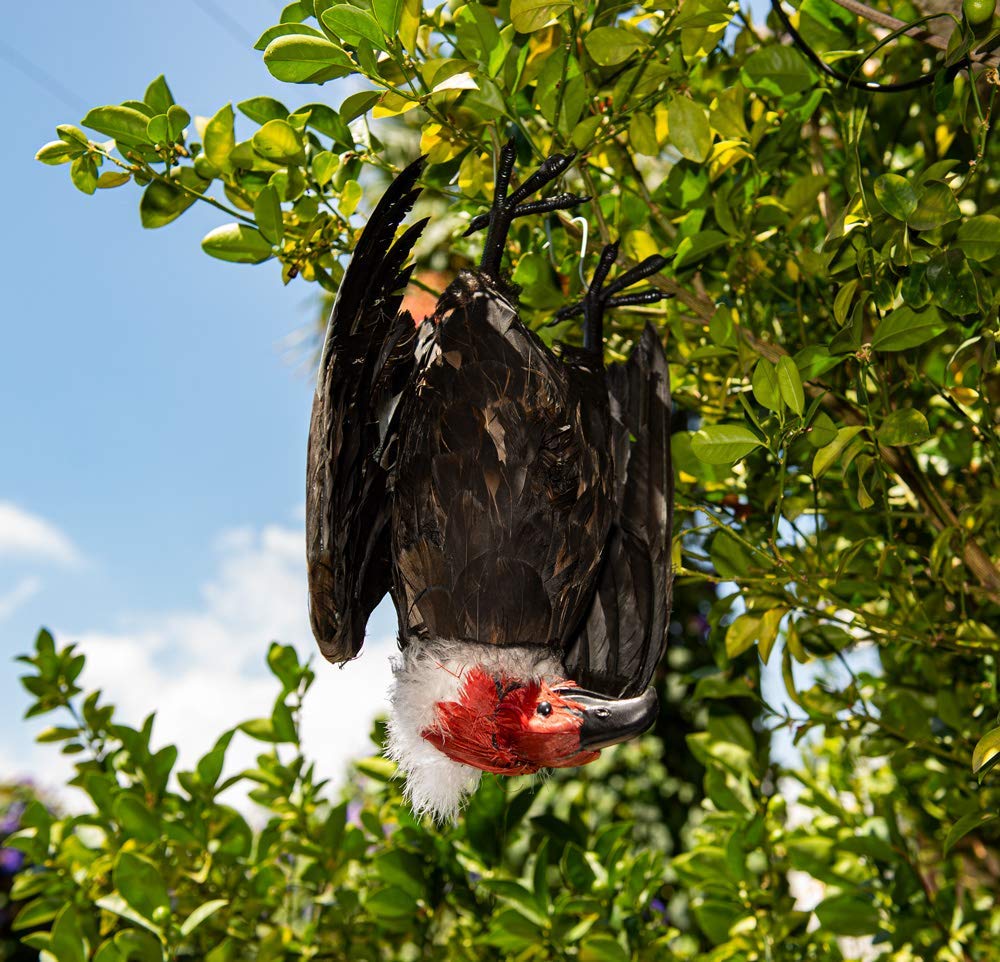
Vultures in flight can look elegant as they soar high above. However, these large birds can be a big problem once they’ve decided to land on your property. A dead vulture decoy is one of the most efficient tools for deterring these pests. And here is your complete guide to them.
Vultures Are A Serious Pest
There are many bird species that are considered to be pests. And while vultures may not be as common as pigeons, swallows, or crows they are definitely one of the worst of all to deal with. The two vulture species which typically cause problems for people are the turkey vulture and the black vulture.
While the turkey vulture is strictly a scavenger the black vulture both scavenges and is also predatory. Black vultures are well-known for killing newborn livestock such as calves and lambs. Both species often roost on cell towers, roofs, and large trees. These ugly and noisy birds like to use the same location for years and will roost in large numbers.
Roosts of fifty to over a hundred birds are not uncommon. Each of these big birds produces a lot of unsightly waste. And that waste can pile up fast near and below the roost, particularly when there are a lot of them. Not only does their poop really stink because of their diet it is also highly acidic causing damage to roofs, cars, and the structure of metal towers. It can also damage or kill plants and trees.
Vulture droppings are known to carry dangerous diseases such as salmonella, encephalitis, and histoplasmosis which are health risks to humans. Vultures also often drop rotting meat and pieces of dead animals from their roost down into your yard. They are often attracted to garbage, compost, and for some reason love to tear up items made from rubber along with up roofing or caulk.
They Are Protected Birds
Dealing with the huge mess and costly damage vultures can cause is definitely frustrating. However, both the turkey vulture and black vulture are federally protected species both in the U.S.by the Migratory Bird Treaty Act of 1918 and in Canada by the Convention for the Protection of Migratory Birds.
It is, therefore, illegal to kill or trap them without a special permit. As such large birds vultures don’t have many natural predators and aren’t very afraid of humans. Therefore the best solution is almost always to use a decoy.
Vulture Decoy Basics
A dead vulture decoy is a visual deterrent. They are designed to deter vultures from an area without actually harming them. And unlike other pest control methods, they are also safe for humans, pets, and livestock. With the right placement, decoys work twenty-four hours a day and seven days a week to keep vultures away.
Decoys are designed to look just like a dead vulture. That’s because vultures are smart birds, and when they see one of their own dead, they assume there is a predator in the area. (Crows and seagulls are two other bird species that can also be deterred by dead decoys.) This creates a fear response and causes them to leave the area or prevents them from landing in the first place.
Dead vulture decoys are sometimes also advertised as a “dead vulture effigy”, or “dead buzzard decoy.” They are typically life-size and made to look as if they are in a “death pose,” with their wings slightly spread out. Some decoys are quite basic and while they are made out of weather-proof materials they look simply like the silhouette of a dead vulture.
Other models are much more detailed. Lifelike decoys are often made from durable all-weather plastic and have adjustable wings which can be spread apart to change the pose of the bird. Some fake vultures even have real feathers which move in the wind and help them make them extra convincing. Luckily, a turkey vulture effigy (decoy) will also scare away black vultures and vice-versa.
How And Where To Use Dead Vulture Decoys
Using a decoy is straightforward and very simple. You will want to choose a spot for your decoy where it can easily be seen by the vultures. If they can’t see it, they won’t be scared by it. The spot you choose should also be near where you are having problems with the vultures. Usually, this means either close to where they are roosting or where they are coming down to feed.
Dead vulture decoys are made to be hung upside down but are also sometimes used on the ground too. If you are attempting to scare vultures away from their roost, you’ll want to consider hanging your decoy as high and as close to the roost as you can. In areas where vultures are feeding, they can be hung nearby placed or placed on the ground. (If you do place your fake vulture on the ground be sure to spread the wings a bit so that the bird is in the “death pose.)
Common places to use decoys are on or near: roofs, cell towers, tree branches, fence posts, gazebos, pergolas, decks, and sheds. For birds that may be pooping on vehicles placing one near your driveway, carport, or garage is a smart idea. For wide-open fields or areas without trees, you can place a pole in the ground and hang your dead vulture decoy from it.
Farmers should be sure to place decoys near areas where livestock will be giving birth to help prevent black vultures from killing any newborn calves or lambs. Because vultures are intelligent they can figure out that a decoy isn’t real if it is left in the same spot for too long. So you will want to make sure that you move the location of your decoy every week or two (or more often) within the same general area.
How Many Decoys Do You Need?
Smaller spaces may only require a single decoy. However, the purpose of a dead vulture decoy is to create a fear response and make the vultures as uncomfortable as possible causing them to flee. Therefore the more decoys you use the better your results will be.
Big areas of land, a large number of birds, or situations where vultures have been in a location for a long period of time will typically require the use of multiple decoys. Using multiple decoys can also be important when protecting expensive equipment or livestock.
Halloween Vulture Décor
Because many decoys look very realistic they can often be used for other purposes as well. Unlike other more attractive bird decoys vultures aren’t usually used as backyard decorations. However since these scavengers are associated with death, they are often used (in the upright position) as Halloween décor and when creating haunted houses. Fake vultures are also used as props in the movie industry as well.
Extra Vulture Decoy Tips
Consider the following tips to help make sure you are successful using your decoy:
Prevention Is The Best Cure
Using a decoy to deter vultures before you have a problem is always a smart idea. This way you won’t have to deal with birds that have already identified your property as a food source or roost. And it can help to prevent costly damage.
Well-Rounded Approach
To increase your chances of success you may want to use several other different deterrents along with your decoy. Bird spikes can help on roofs and so can bird repellent gel. On-the-ground motion sensor sprinklers can really help to scare vultures and both owl and hawk decoys can help to convince them that your property isn’t a safe place as well.
Notify Your Neighbors
When using your decoy in close proximity to other houses or businesses it can be a good idea to tell them first. If you don’t concerned neighbors may notify the authorities that you are hanging dead vultures upside down on your property prompting an official visit.
Protect Your Decoy
If you do choose a decoy with real feathers make sure to take care of them. By protecting the feathers with a polyurethane spray you can help to keep your decoy looking as real as possible for as long as possible. And that means deterring more vultures.
Disturb The Roost
For vultures roosting in trees in addition to using a decoy, shaking the trees at dusk when they are settling in can help to convince them to move somewhere else. However, this should not be attempted without a decoy, since they may simply move somewhere else close by that is much more inconvenient such as your roof.
As you can see vultures can cause a lot of problems and damage. But by using a dead vulture decoy you can deter them with little effort and in a totally humane and safe way!
Start Shopping for Dead Vulture Decoys!
The Complete Swan Decoy Guide
Buy on Amazon Geese and ducks can be a huge problem for anyone who owns a pond, pool, or even lawn. A swan decoy can help to keep these pests away so you don’t have to deal with them and the mess they leave behind. Here is everything you’ll need to know about swan...
What Direction Should A Bat House Face?
Buy on Amazon Bats are very particular when it comes to whether or not they will move into a bat house. One of the most important factors is the temperature inside, which will be strongly influenced by the direction that the house is facing. So what direction should a...
Does Copper Tape Stop Slugs?
Does copper tape stop slugs? The answer is yes. And you can use this simple solution to keep your plants safe from those slimy plant-eating pests. Repel Slimy Garden Invaders Without Harm Despite being relatively small and very slow-moving, slugs can do a lot of...
When To Put Up A Bat House
Buy on Amazon Bats can be a big benefit to your yard. But they can be picky when it comes to where they actually decide to roost. Knowing when to put up a bat house can help to tip the odds in your favor. Basic Seasonal Bat Behavior Many people don’t realize that in...
The Best Advantages Of Using Copper Tape For Snails
Snail damage is no laughing matter, especially when you’ve put a lot of time and effort into your garden. Most people don’t realize that by simply adding copper tape snails can be quickly deterred from eating your plants. And here are the best advantages of using this...
Copper Tape For Slugs
Buy on Amazon As any gardener knows, slugs can be highly destructive to a wide range of plants. But you don’t have to use baits or chemicals to keep these slimy pests from ruining your garden. By using copper tape slugs will stay away from your precious plants...
How To Use Coffee Grounds For Snails
You don’t have to kill those annoying garden snails in order to keep them from eating your plants. In fact, you can use your morning coffee as a non-lethal weapon against them. When they come into contact with your coffee grounds snails will turn right around and...
How To Use Coffee Grounds For Ants
There are endless sprays and poisons you can use to get rid of ants. However, you won’t have to look any further than your morning cup of coffee if you’d like a repellent that doesn’t contain any harmful chemicals. By using coffee grounds ants will stay away and kids...
How To Use Coffee Grounds For Garden Pests
While the majority of humans enjoy coffee, not all animals find it so appealing. In fact, when they encounter coffee grounds garden pests are often repelled by them, and that’s a good thing. So here are the critters you can expect to keep out of your garden when using...
Coffee Grounds For Slugs
Slugs can be a big problem, yet most people don’t realize that the waste produced from their morning cup of coffee can be used help to protect their plants from these slimy pests. When they encounter your coffee grounds slugs will make a hasty retreat. So here’s...
Coffee Grounds For Mosquitoes
There are countless options available to keep mosquitoes away, many of which contain harmful chemicals. Most people don’t realize that the grounds used to make their morning coffee can also function as an all-natural repellent. Here’s what you’ll need to know to use...
Using Coffee Grounds To Deter Cats In The Garden
While cats can be loving pets, in the garden they often can be pests. Fortunately, you can use coffee grounds to deter cats. Not only can they help to keep cats away from your plants but they’re also totally safe. Cat Problems 101 Unfortunately for gardeners, cats...
Bat Attractant: The Secret Weapon For Bat House Success
Buy on Amazon Purchasing a bat house is easy, however, having a colony of bats take up residence inside it is sometimes another story. To tip the odds in your favor using bat attractant can help. Here’s what you’ll want to know when considering using it. Bat House...
How To Attract Bats To Your Bat House
Buy on Amazon Having bats in your yard offers many fantastic benefits. So it’s no wonder that more and more people are installing bat houses in an attempt to get them to stay. However, you’ll first need to know how to attract bats to your bat house if you want them to...
What Does A Bat House Look Like?
Buy on Amazon Bat houses are shelters made specifically for bats. These flying mammals have special needs that houses are designed to meet. So what does a bat house look like? Well, read on and find out! Bat House Designs Houses for bats actually look like boxes. For...
What Is A Bat House?
Buy on Amazon What is a bat house? And better yet, why would you want one on your property? These are both commonly asked questions. Whether you’re just curious or have always wanted to have bats in your yard here’s what you’ll need to know. Bats are nocturnal...
The Top Bat House Benefits
Buy on Amazon A bat house is a specially designed shelter for bats. It provides them with a safe and convenient place to sleep. While they are great for the bats, there are many bat house benefits you can enjoy as well when you have one in your yard. Keep Bats Out Of...
Where To Put A Bat House
Buy on Amazon Where to put a bat house is an important decision. If it’s not in an appropriate spot, you may be putting your resident bats in danger. Or you may end up with an empty house since no bats are interested in living in it. So you’ll need to know a few...
Beneficial Garden Insects And Creatures Often Confused For Pests
There are many animals that we consider to be pests. However, many of them actually perform critical tasks and help to control the populations of much more devastating species. The following beneficial insects and creatures are ones you’ll want to keep around....
The Most Common Backyard Pests
Your backyard is an ecosystem, however, not all of the animals which reside in or near it have the manners you’d like them to. There are many different animals that can be a nuisance. Here are some of the most common backyard pests that you’re likely to encounter....
